Differentiating instruction can be a daunting task, but it doesn’t have to be. This quick-start guide will show you how you can start differentiating by process, so that all students can succeed in your class. Using this approach, you’ll be able to meet the needs of all learners, regardless of ability or academic level. So get ready to take differentiated instruction by storm!
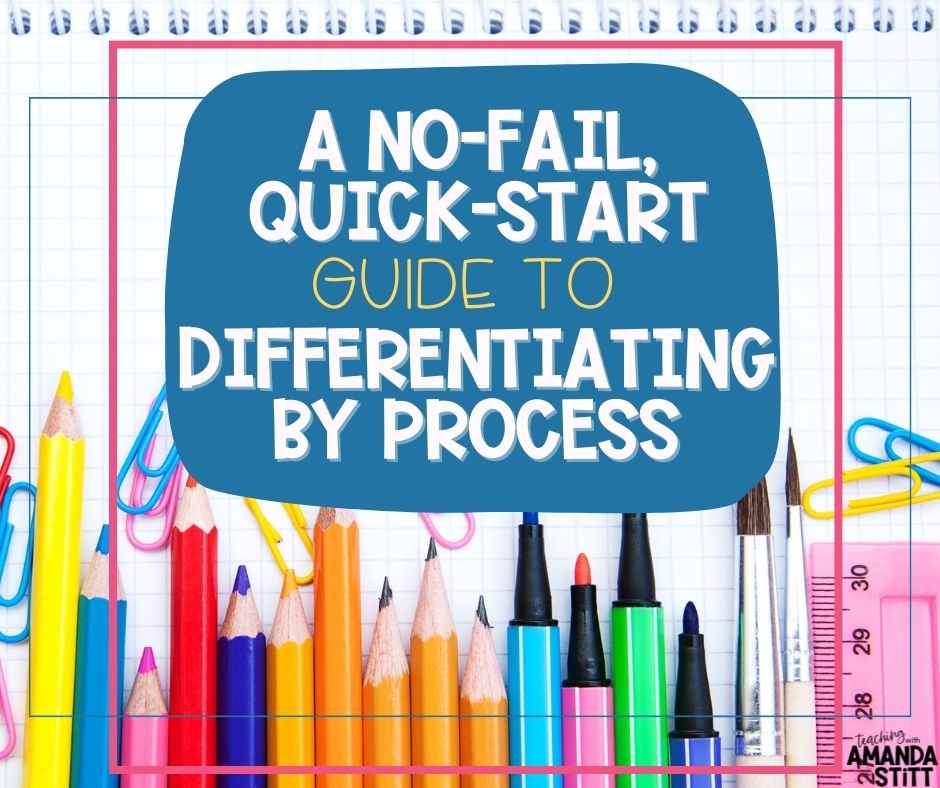
What does it mean to differentiate by process?
When it comes to differentiating instruction, the most important thing to remember is that every student is different. And, because of that, students learn best when they are able to learn in a variety of ways. You can differentiate content, process, and product according to student interest, readiness, and learning profile. Differentiating by process is how students make sense of ideas and information. Let’s dig deeper into how you can differentiate the process according to student interest, readiness, and learning profile.

Differentiating by Process According to Student Interest
Differentiating by process means catering to different student interests within the same math class. Ask yourself what interests your students and will motivate them to learn. Obviously, this can be a challenge in an upper-grade classroom because you have a lot of students with many different interests. The easiest way to do this is to build off of something you may already be doing.
One idea is to use math workstation choices in your guided math block. By allowing students to choose which station they want to work at, you’re giving them a chance to practice the skill they are learning in a way that engages them the most, which can help them learn more effectively.
But it’s not always possible to allow choice in your math workstations each day. So what about “Free Choice Friday”? You could allow students to choose the workstation they enjoyed the most during the week. This could serve as a great review before you do any assessments at the end of the week. Plus it gives you an opportunity to observe the math activities that engage your students the most. So if you’re looking for a way to differentiate instruction in your math class, consider using choice math workstations.
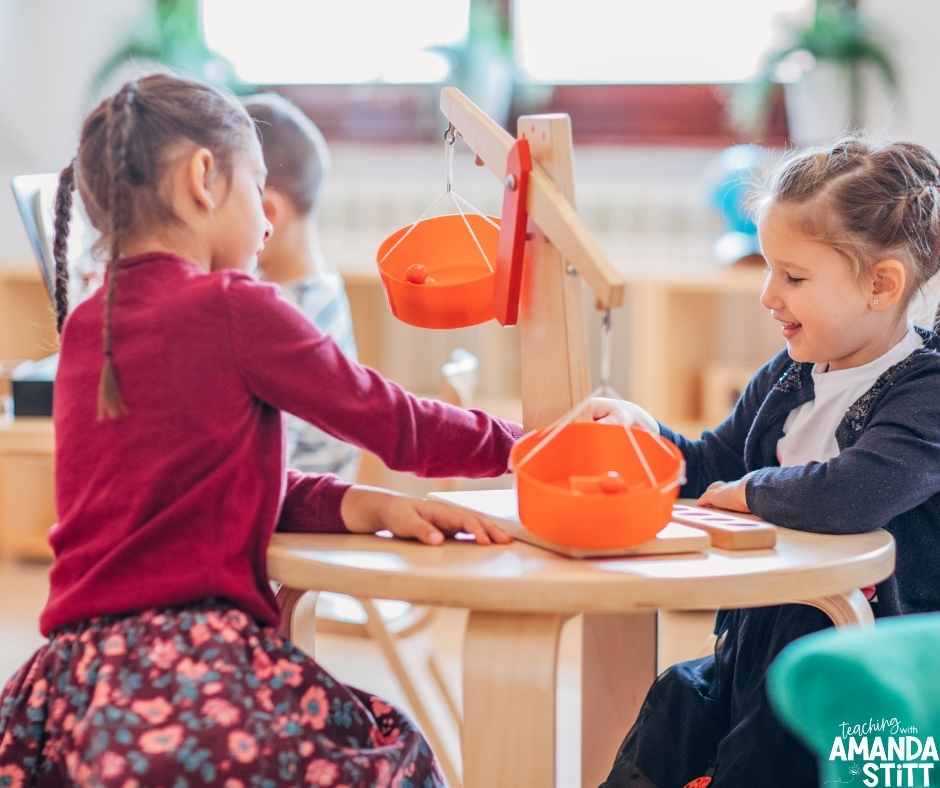
Differentiating by Process According to Student Readiness
When it comes to differentiating instruction, there are a number of different approaches that teachers can take. One approach to differentiating by process, involves providing students with different levels of support depending on their readiness level. This can be done in a variety of ways, but one common differentiation tool is to use tiered assignments.
For example, if a student is having difficulty understanding a skill, you could provide a task that starts with the most basic practice of the skill and build up on it. You also could provide answer choices or sentence stems for questions. On the other hand, if a student is demonstrating mastery of the material, you could provide more challenging questions or problems that would require higher-level thinking skills.
Sometimes the most significant challenge with using tiered assignments is creating or finding quality activities. These 5th grade color by number activities were created to be both engaging and a helpful tool when differentiating by process in your math block. Each color by number activity is aligned to 5th grade math standards and includes 2 differentiated versions to meet the wide variety of student needs in your class. They are easy to use and require no prep from you. The picture designs are engaging for upper grade students and the best part is that no matter what level you give each student, they all will have the same colorful, final product (which will make for a great classroom display).
Want to try differentiating by process in your math class with these 5th grade color by numbers? Click to take a closer look at these engaging 5th grade activities.
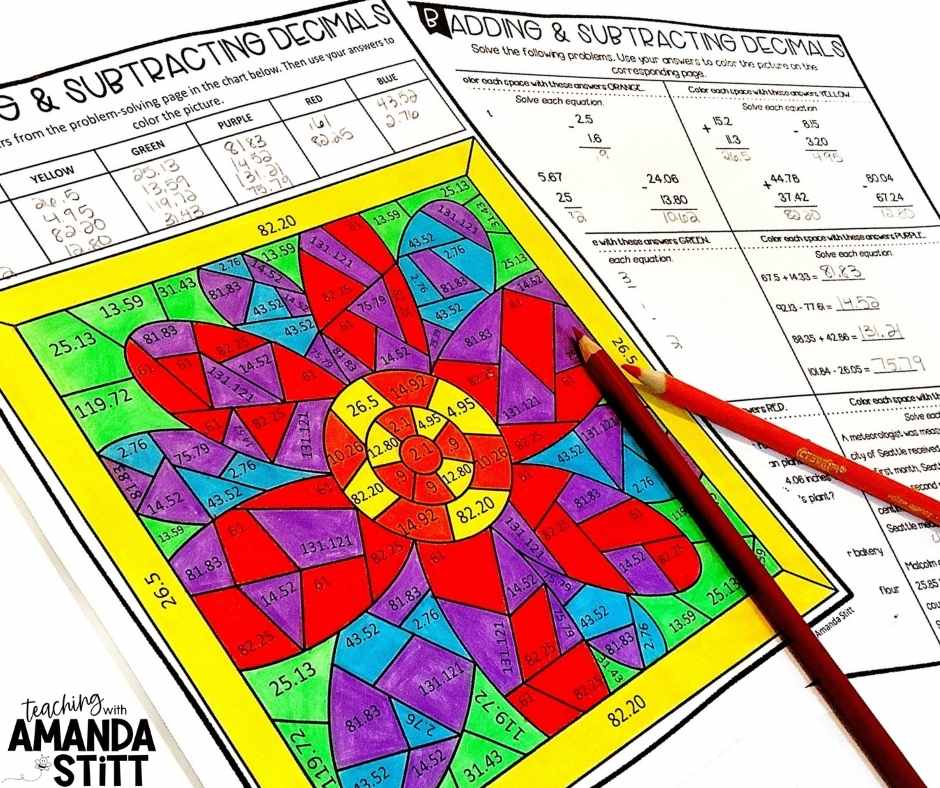
Differentiating by Process According to Student Learning Profile
Imagine you’re teaching a lesson on classifying shapes and you notice that some of your students are struggling to understand the concept. So, you decide to use manipulatives to help them learn. You grab a variety of shapes that they can see, feel, and make real-life connections to. Then you start to notice little light bulbs going off in your students’ heads all around your classroom. Congratulations, you just differentiated by process according to your students’ learning profiles. This means that you are helping students make sense of new ideas and information in ways that help them learn best.
Often times we think of math manipulatives as a tool only for primary grades, but there is definitely a place for them in upper grades. When you use manipulatives you can appeal to a variety of learning profiles (ex. kinesthetic and visual learners). So take a look around your classroom, what could you use to differentiate a skill you are teaching this week?
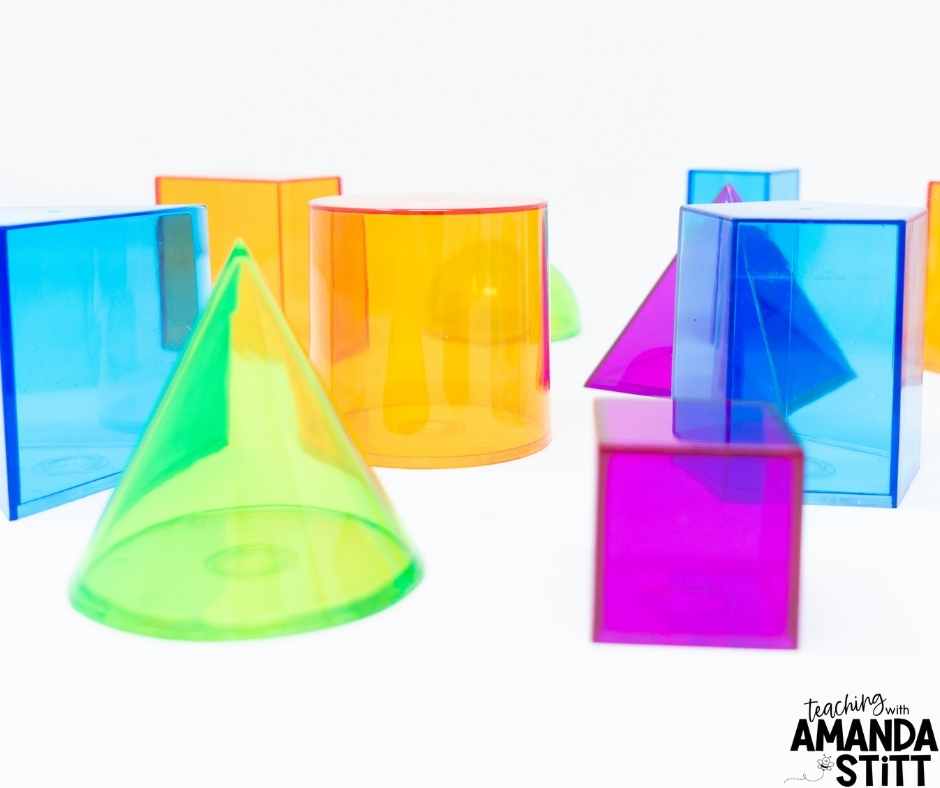
In order to start differentiating by process, you need to know a little bit about your students. What are their interests? What is their readiness level for the content or skill you’re teaching? And finally, what are the different learning profiles in your classroom? Once you have an idea of where your students are starting from, it will be much easier to scaffold instruction and differentiate activities so that all students can be successful.
And if you are looking for some more ideas to help you start differentiating by process, check out this post about jump-starting differentiation in your upper-grade math class and grab this FREE differentiation flow chart filled with ideas and examples.
This week, try using one of the ideas I shared to start differentiating by process in your classroom. I would love to hear how it goes!


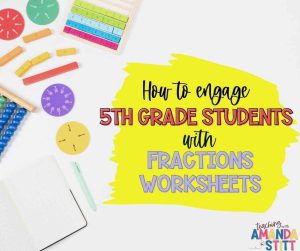
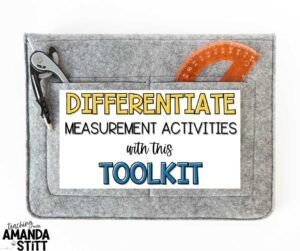
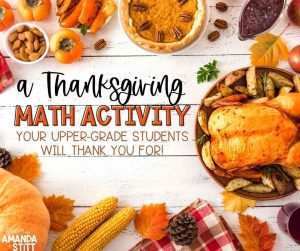

No Comments